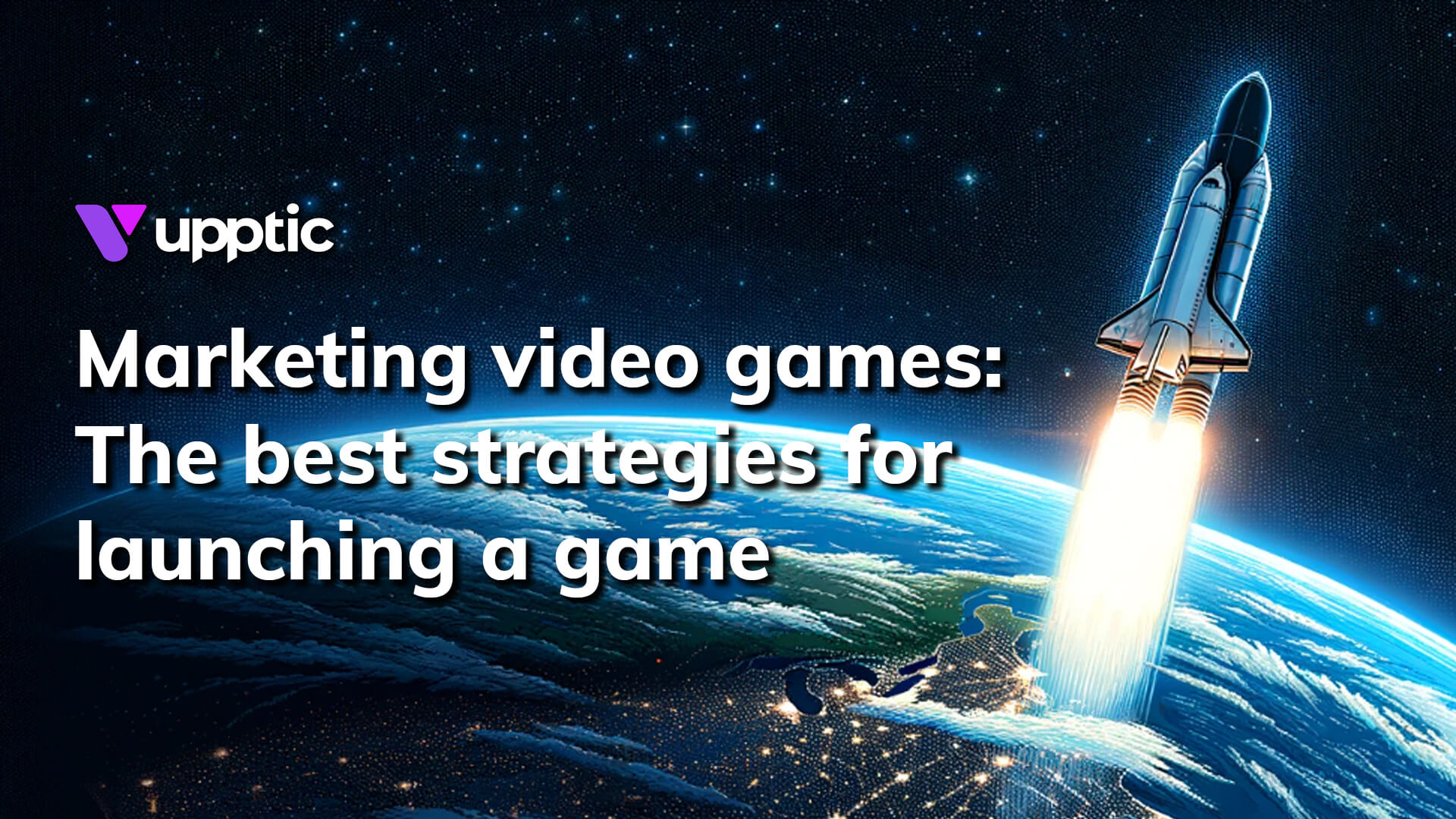Navigating the fast-paced world of marketing video games requires more than just creativity; it demands a deep understanding of your audience and the strategies that will capture their interest. This article offers an in-depth look at how to effectively market your video game, emphasizing actionable techniques for increasing visibility, engagement, and ultimately, conversions. And if you ever want help marketing and scaling your games, reach out to us at Upptic!
Use the chapter selector below to jump to a section:
- Unlocking the potential of video game marketing
- The digital arena: Harnessing online platforms
- Immersive experiences: Engaging players before launch
- Beyond the screen: Offline marketing tactics
- Measuring success: Analytics and performance tracking
- Community power: Leveraging the gaming audience
- The future of game marketing: Emerging trends and technologies
- Key takeaways
Unlocking the potential of video game marketing
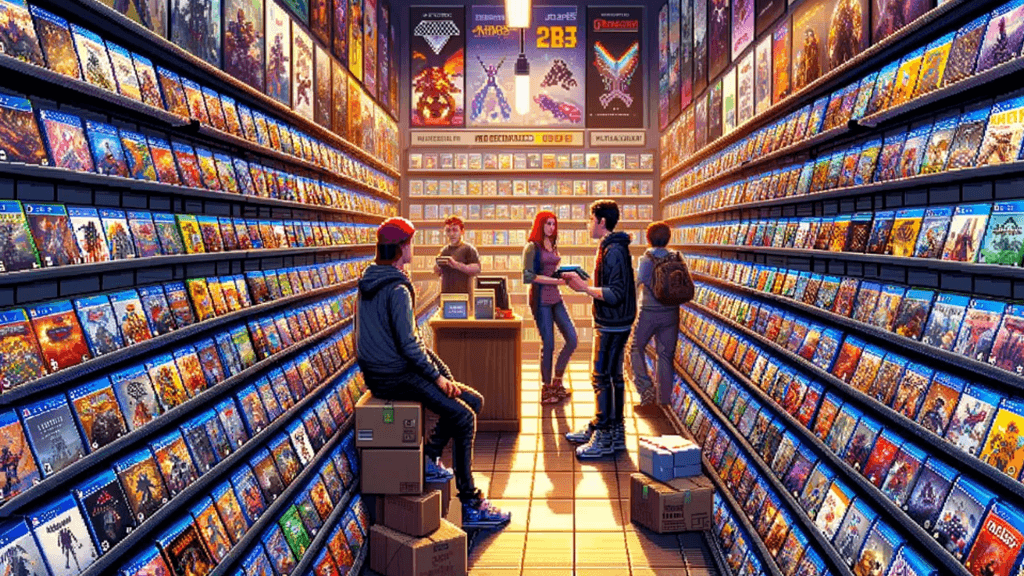
- educating and engaging potential players
- sparking their interest in your game
- influencing game sales
This process heavily relies on creativity and aesthetics. The visual nature of gaming demands compelling descriptions, stunning visuals, enticing trailers, and even a touch of nostalgia to captivate a wide audience and build excitement. One of the key strategies for the strategic positioning of advertisements includes leveraging in-game ads, search engine optimization, and even live streaming partnerships to reach quality players.
Yet, marketing the game is only part of the equation; identifying the suitable target audience is equally important. Most gamers are adults, with a significant portion belonging to the 18-to-34 age group. This age group is notably active across various gaming platforms, making them a prime target for marketing efforts.
Identifying your target gamers
To create a tailored marketing campaign, it’s vital to grasp the demographics, interests, and preferences of your target gamers. For instance, gaming preferences exhibit significant variations among different demographic groups. While all generations tend to prefer mobile games first and foremost, Millennials are most likely to stick to a single platform, Gen Z enjoys PC gaming more than other generations, and Gen Alpha enjoys console gaming more than other generations – but are also most likely to be platform agnostic.
Various methods, such as online surveys, in-game polls, and email campaigns, can be utilized to identify target gamers and gather valuable data on gamer opinions, preferences, and suggestions, which is essential for making well-informed decisions.
Crafting a compelling narrative
An engaging narrative significantly enhances the gaming experience and influences the purchase decision of players. Your game’s narrative should include relatable elements, emotional beats, a feel of authenticity and earnestness, and some mystery and intrigue.
By developing an engaging storyline, a profound connection can be facilitated between potential players and the game’s characters and setting, nurturing a sense of affinity and elevating the probability of a purchase.
Games such as Marvel’s Guardian’s of the Galaxy, Final Fantasy 6, Undertale, and Chrono Trigger are recognized for their captivating narratives that enrich the overall gaming experience. (It’s worth noting that many of these are now cross-platform – and even available as mobile games.)
Timing Your Marketing Beats
Particularly in video game marketing, timing holds immense importance. By steering clear of congested release periods and aligning marketing endeavors with notable gaming events, it’s possible to amplify visibility and cultivate excitement. Starting from the inception of its development, fostering anticipation and curiosity can significantly impact the success of a game’s launch.
The digital arena: Harnessing online platforms

Social media mastery
Proficiency in social media marketing enables you to connect with gamers, disseminate updates, and cultivate a loyal community. Social media marketing strategies like promoting games on Facebook and Twitter, building a community on Discord, distributing news online, utilizing influencer marketing, creating excitement around live events, and collaborating with other brands have seen high levels of success from video game companies looking to grow their social media presence.
Some great ways to engage with social media audiences include:
- Encouraging, engaging with, and sharing fan art
- Soliciting game design feedback and ideas
- Responding to constructive criticism and praise
- Holding contests and competitions
- Live streaming and watch parties
- AMAs and Q&A sessions
Influencer collaborations
In the digital realm, gaming influencers wield considerable influence. Collaborating with them can broaden your reach, enhance credibility, and boost engagement with your game. Social media influencers play a crucial role in promoting video games as they have the ability to generate excitement the game to their audience, ultimately enhancing the game’s exposure.
Here are some good questions to ask influencers before working with them:
- Are you familiar with our brand?
- What kind of games do you typically play?
- What is your primary audience interested in?
- What is your engagement rate (and how do you calculate it)?
- What is your primary / best performing social media channel?
- What does your ideal partnership look like?
- What is your turnaround time for deliverables?
It’s important to keep in mind though that bigger is not always better when it comes to influencers. Gigantic influencers can be pricy. You may find that you get a better return on investment (ROI) by working with micro-influencers whose audience may be smaller but aligns with your target audience much better than a gigantic influencer.
Optimizing for search and visibility
Visibility is a key factor to success in the digital landscape. Search engine optimization (SEO) enhances a game’s online presence and visibility, attracting a larger audience of potential players. Effective use of keywords, for example, can enable game developers to connect with their target audience, attract quality visitors, and drive game installs by using relevant and targeted keywords.
Similarly, app store optimization (ASO) aims to achieve the same effects with app store product pages – and requires effective use of logos, colors, descriptions, titles, and keywords to drive views and installs.
In both SEO and ASO, there should be a continued focus on testing an iteration to ensure that your creatives are having the greatest impact possible.
- Dive into ASO specifics in our App Store Optimization guide
- Learn everything there is to know about gaming ASO
Immersive experiences: Engaging players before launch
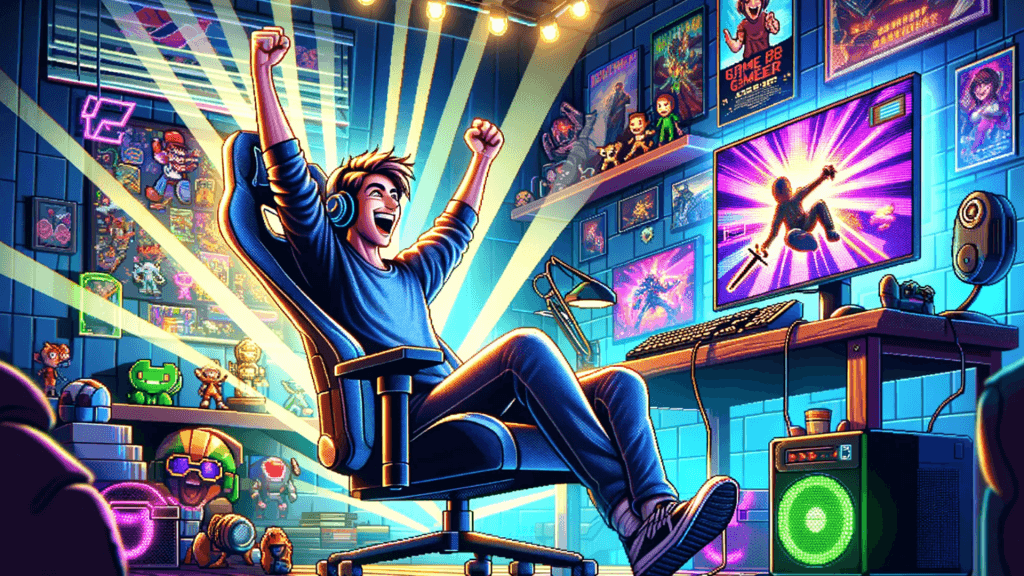
Utilizing pre-registration campaigns with in-game incentives can effectively generate excitement and interest before the game’s release, leading to increased player engagement prior to launch.
Beta testing with benefits
Providing opportunities for beta testing can yield insightful feedback and foster early supporters for your game. Beta testing involves inviting players to test a game before its official release, gathering feedback on various aspects such as gameplay, mechanics, bugs, and overall user experience.
Not only can the beta testing itself be considered a perk for hardcore gamers, but by offering game discounts or free access to the full game for beta testers, you can generate both buzz and loyalty.
Pre-order perks
Pre-order incentives can encourage early purchases and reward dedicated fans. Pre-order incentives can exert a substantial influence on initial sales for video games, potentially accounting for 20-30% of the game’s first-year sales.
Pre-order incentives can include exclusive collectibles, in-game items, or discounts. For those looking to go the route of discounts, keeping them between 10%-20% is a good guideline – less and it won’t be seen as lucrative, more and you could risk losing too much money.
Sneak Peeks and Teasers
Releasing sneak peeks and teasers can stir interest and sustain momentum in the lead-up to the game’s launch. Each trailer should be strategically timed to generate anticipation and curiosity among the audience. Tying these into events, pop-culture moments, or other relevant trends can amplify the reach of your teasers.
These are also great opportunities for watch parties – which not only offers you the opportunity to connect more intimately with your audience, but also get immediate audience reactions and feedback.
Beyond the screen: Offline marketing tactics
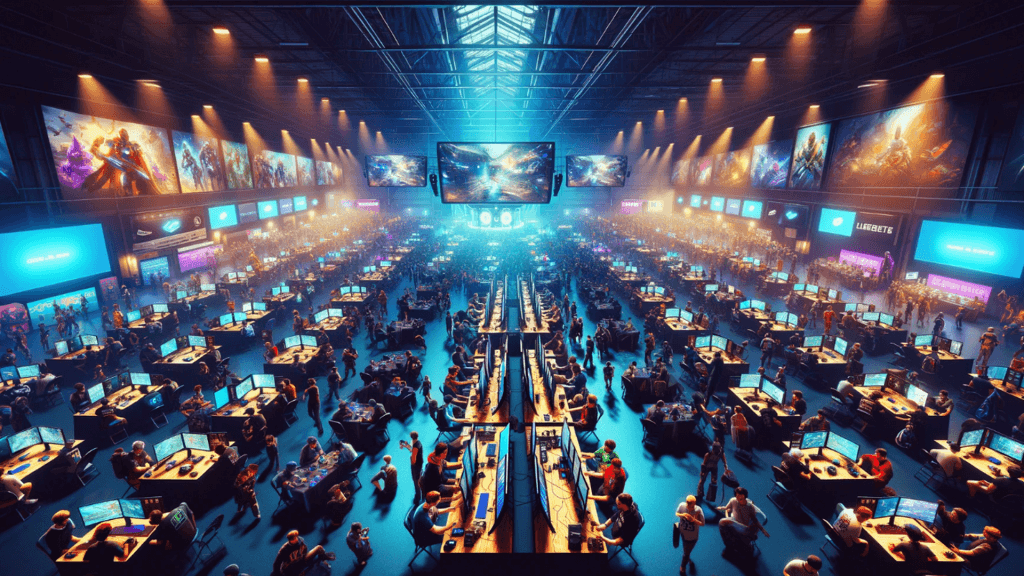
Event marketing and trade shows
Participating in trade shows and gaming events can help you connect with industry professionals and showcase your game to potential players. For instance, prominent video game trade shows and conventions within the video game industry, like QuakeCon, Game Developers Conference (GDC), and MAGFest offer opportunities to unveil new games and provide audiences with an initial glimpse.
Event marketing can contribute significantly to:
- Boosting video game sales
- Amplifying brand visibility
- Attracting players
- Fostering a loyal fan base
- Expanding audience reach
- Strengthening connections with players
- Conveying brand messages effectively
Merchandising magic
Merchandising can broaden your game’s brand presence beyond the screen and open up new revenue channels. When designing video game merchandise for maximum effectiveness and appeal, it’s important to:
- Find the right balance between creativity and clarity
- Utilize high-quality product images
- Establish a clear layout for customer comprehension
- Develop distinctive designs that capture attention
- Prioritize packaging design
- Take into account mass appeal.
Common merchandise for video games include wall scrolls, art, comics, action figures, buildable models, board games, t-shirts, and more.
Strategic partnerships
Establishing strategic alliances with other brands or companies can provide the following benefits:
- Enhanced visibility
- Augmented revenue
- Bolstered brand presence
When considering partners, it’s important to make sure their goals are aligned with yours, that everyone involved benefits, that the target audience makes sense, and that there is clear transparency and communication from all involved parties.
Some notable partnerships include Lego joining forces with Fortnite to reach new gamers, Genshin Impact teaming up with Pizza Hut, and Louis Vuitton collaborating with League of Legends.
Measuring success: Analytics and performance tracking
Assessing the success of your marketing efforts holds equal importance to the marketing strategies and marketing techniques themselves. Tracking the performance of marketing campaigns is crucial for optimizing strategies and measuring success.
Tools for tracking analytics in gaming marketing campaigns include Mixpanel, Google Analytics for Games, GameAnalytics, Looker’s gameplay metrics tools, Gamesight, and Upptic.
- Dive into game marketing with our ultimate guide to visibility and success
- Learn more about mobile attribution and its importance for marketers
- Learn how attribution and measurement works for PC games
KPIs for gaming campaigns
Key performance indicators (KPIs) are critical for monitoring your progress and measuring the success of your campaigns and strategies. KPIs in game marketing encompass metrics such as:
- Cost per mille (CPM)
- Cost per install (CPI)
- Return on ad spend (ROAS)
- Average revenue per user (ARPU)
- Clickthrough rate (CTR)
- Conversion rate (CR)
- Lifetime value (LTV)
Learn more about user acquisition KPIs and key metrics for ASO.
A/B testing for optimal results
Implementing A/B testing assists in identifying the most fruitful marketing tactics and refining your campaigns for improved results. A/B testing, also referred to as split testing, is a method used in marketing to conduct experiments by dividing the audience to assess the performance of different variations in a campaign and determine the more effective version.
Post-launch analysis
Post-launch data analysis can offer valuable insights into the effectiveness of your marketing initiatives and shape future strategies. Post-launch analysis is crucial in video game marketing as it facilitates the identification of areas for enhancement and optimization.
Through the examination of gameplay and user data, marketers can gain insights into player retention, engagement, and satisfaction levels, enabling them to make data-driven decisions to improve the game’s performance.
Community power: Leveraging the gaming audience
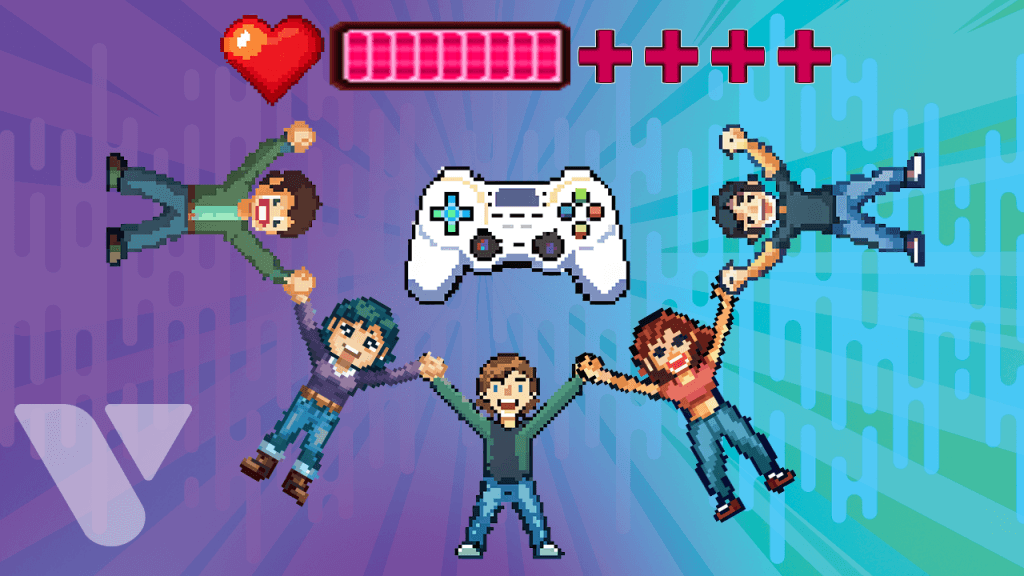
Creating community spaces
Establishment of community spaces like forums and social media groups can stimulate dialogue and collaboration among players. Recommended platforms for establishing gaming community spaces include:
- Discord
- Facebook groups
- Game-specific forums
Active engagement and consistent updates are essential for those who participate in gaming communities. When building a gaming community, make sure to include:
- Clear rules and guidelines
- Robust and consistent moderation
- Engaging content such as exclusive updates and teasers
- A fun and responsive attitude toward comments and feedback
User-generated content (UGC)
Promoting user-generated content can boost engagement, demonstrate your game’s potential, and offer insightful feedback. User-generated content (UGC) encompasses various types of content, including images, videos, text, and audio, that are generated and shared by users.
It provides advantages for game developers and publishers, such as increasing player retention and providing free game promotion. Encourage your audience to create things like fan art, fan fiction, livestreams of your game, and more – and share these when you see them.
This not only builds a closer relationship with your players, but is also effective cost-free marketing.
Feedback loops
Setting up feedback loops with your community enables continual improvement of your game and marketing initiatives based on player feedback. Feedback loops enable players to enhance their achievements, experience a sense of accomplishment, and can significantly impact their engagement and motivation to continue playing the game.
Encourage feedback loops with the use of regular AMAs, weekly discussion threads, probing questions, livestreams, and other engaging content that encourages your players to ask questions and make comments.
The future of games marketing: Emerging trends and technologies
As the game marketing landscape constantly evolves, keeping abreast of emerging trends and technologies in the gaming industry aids in adapting your marketing strategies and sustaining a competitive advantage.
Virtual and augmented reality
Technologies like virtual and augmented reality are forging new pathways in the gaming industry. VR provides an immersive gaming experience, fully immersing gamers in a digital world, which makes it a highly effective tool for marketing. On the other hand, AR enhances the user’s real-life experience without replacing it.
Virtual and augmented reality technologies are significantly impacting game marketing by providing immersive experiences that effectively engage consumers and lead to conversions in distinctive ways.
Web3 gaming
Web3 technology has had a bumpy ride in the games industry, but is currently seeing another positive swell of growth. It’s promise of decentralized gaming ecosystems, secure transactions, and new opportunities for players and content creators keeps people coming back. And with lessons learned from previous web3 gaming bear and bull runs, the industry continues to be refined and build toward formulas for success for players and game developers alike.
Key takeaways
The world of video game marketing is complex and dynamic, requiring a blend of traditional marketing techniques, innovative strategies, and a deep understanding of gamers and gaming communities. From identifying target gamers, leveraging online platforms, creating immersive experiences, and implementing a wide array of marketing tactics, each strategy plays a vital role in a game’s success.
Keep up with the latest insights from Upptic
Sign up for our monthly newsletter

